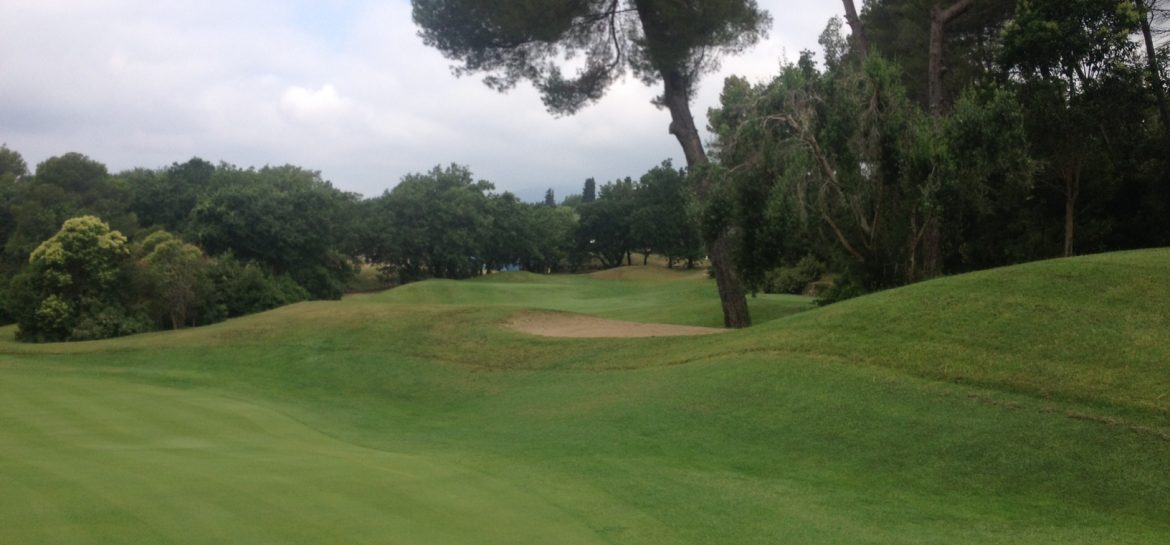
Destination South-France
After two 18holes days we checked in at the Hôtel Belles Rives
It starts with the infatuation of a «Lost Generation» for the French Riviera, when American intellectuals and jet setters fell in love with this romantic stretch of sand and beaches.
In 1925, Juan les Pins became home to Zelda and Scott Fitzgerald who rented a private sea side villa called the « Villa Saint-Louis ».
Of course, this is where « Tender is the Night » was written. But it is also where Scott and his extravagant wife indulged in wild parties, hosting celebrities such as Rudolph Valentino or the Hemingways. A life of music, dancing, champagne and sweet decadence and the Fitzgerald fired up quiet Juan les Pins to a roaringly glamourous attraction for artistsoliticians and stars.
A few years later, the Villa Saint-Louis became the Hôtel Belles Rives. Right about the same time, thousands of miles away from the Mediterranean, Boma Estène parts from his native Russia and heads for Paris, then Antibes, with childhood dreams of freedom and independence.
In 1929, he rents the Villa Saint-Louis. His wife Simone came from a famous dynasty of hoteliers and had been running the Splendide in Antibes. Quickly, the huge villa became the ideal project for a hotel : the Belles Rives, first sea side hotel on the Riviera, is born.
Between 1930 and 1931, the family adds an aisle and two stories to a building that now counts 44 rooms. From Boma and Simone’s union, three children were born : Georges, Raïna-Laure, also known as «Laurette» and Casimir. After Boma’s death in 1970, Casimir hels his mother run the hotel, before taking over its full responsibility and increasing its reputation.
Today, the hotels Belles Rives and Juana embody eternal charm. More than hotels, they can be considered homes, full of warmth and life. That is thanks to the rigueur and finesse of a cultivated woman, who strives to preserve their history all the while letting a whimsical wind of pure folly blow through their doors. Indeed, a sweet mix of «sense and sensibility» purveys on this road to the mythical Cap d’An- tibes. A road Marianne Estène-Chauvin has come to know from her early childhood on, falling in the footsteps of her grandfather Boma and uncle Casimir, founding fathers of the Belles Rives.
The responsibility of nurturing this legend would be bestowed upon her eventually. But first, she studied Art History with a preference for Egyptology, in Paris, where she was born. Then, as if guided by the hand of fate, a gallery owner asked her for advice on a small Egyptian statue he had just acquired. He ended up hiring Marianne, who was thrown into a whirlwind of cultural enlightment. Those were the first days of Beaubourg, when soon to be famous designers and artists, such as André Putman or the Poirier’s, were close acquaintances.
The young woman’s world was no less binary. Winters, her job and studies lay in the heart
of Paris’ throbbing art scene, whilst summers would be spent by the sea, under Juan les Pins’ warm sun, working hard at the Belles Rives. No doubt, the ideal way to wake up to reality : ever since she was 17, Marianne would stay backstage at the hotel, giving a hand at reception, in the laundry room, waking up early to go to the market. First and foremost, the hotel was a family business. It was Boma, who left his homeland Russia and bought the Villa Saint-Louis in 1929, transforming the property into a 44-room hotel, right by the sea – the first ever on the Riviera, for that matter. It was not until 2001 that Marianne managed to gain full ownership of the hotel, a dream her grandfather had held close to his heart for over 60 years.
Tenacity and perseverance. Marianne’s story as an hotelier is out of the ordinary.
This is a domain she did not have to learn, she was born and raised with it. The hotel itself seems to stick to her personality. The Belles Rives truly runs through her veins: «It is a place where an artistic concept can be applied. It is a world of complementarities: on one hand,
the down-to-earth, backstage and technique; on the other, the show, props and imagination!»
Preserving the site, without turning it into a museum! Such is the challenge in any place of historic import: maintaining tradition while pushing towards modernity.


